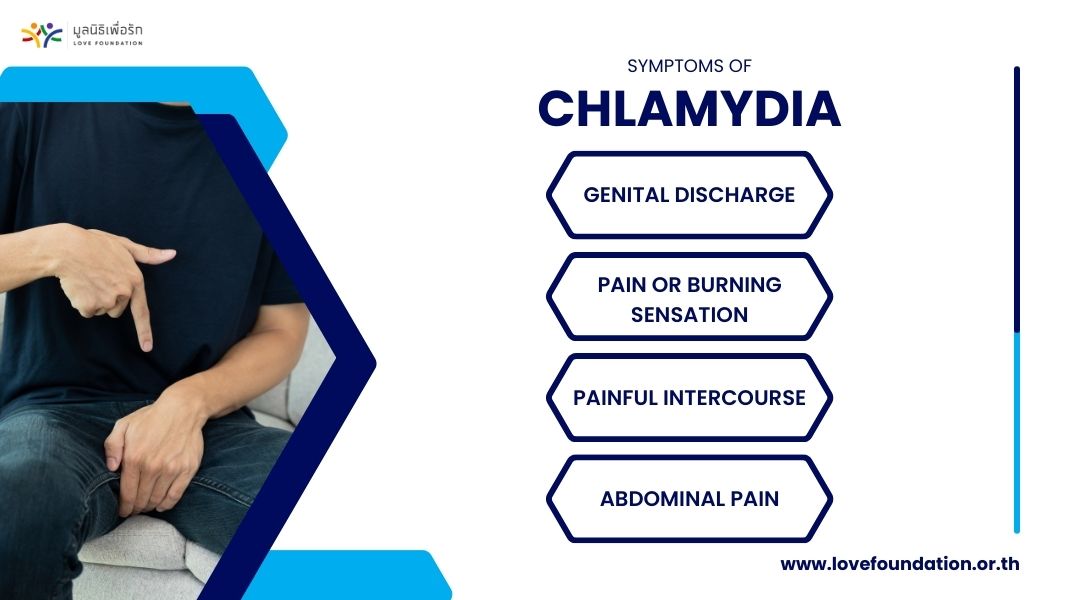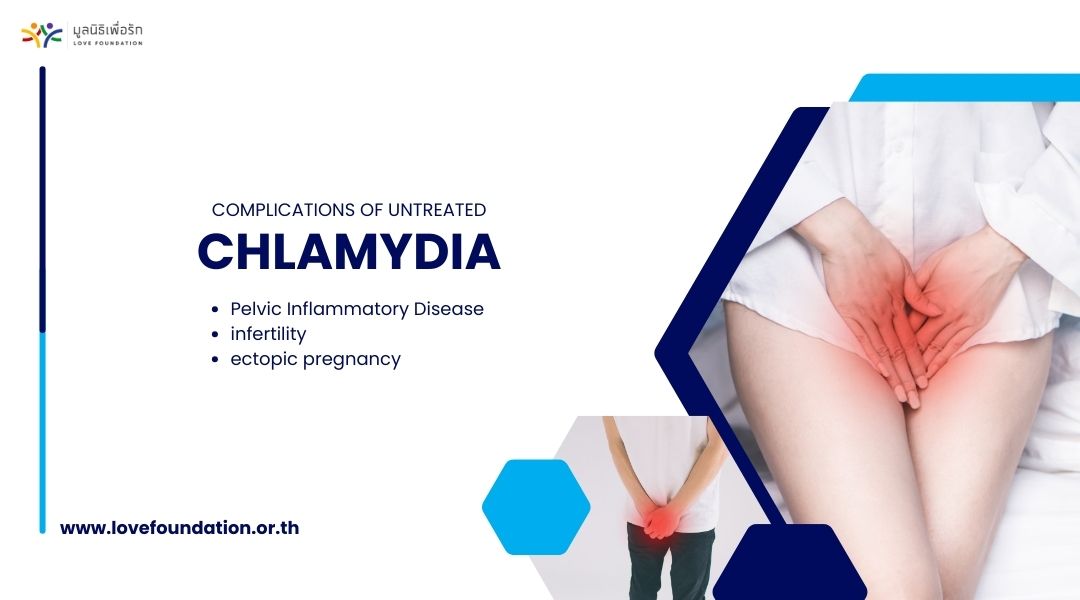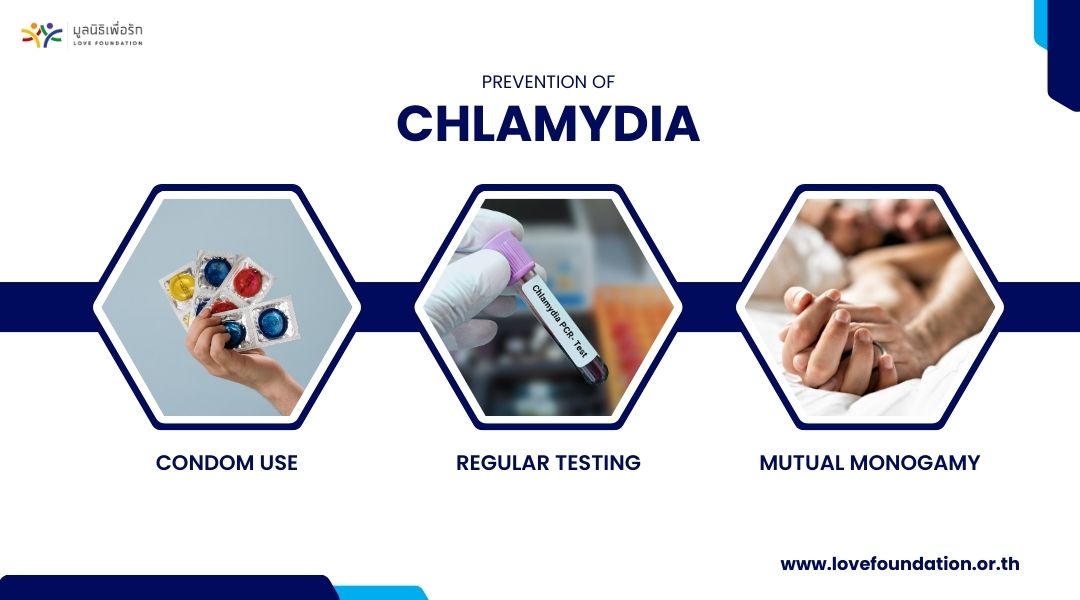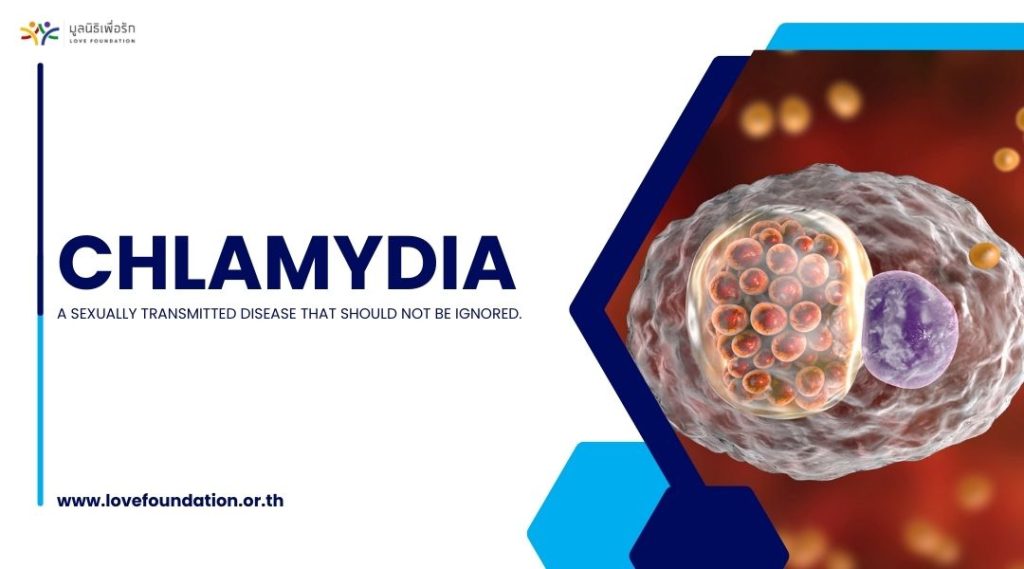In the realm of Sexually transmitted diseases (STD), one name that frequently surfaces is Chlamydia. The prevalence of this bacterial infection has sparked concerns globally, prompting the need for a deeper understanding of its nuances. This comprehensive guide aims to shed light on the question, as we explore its causes, symptoms, diagnosis, treatment, and prevention.
Chlamydia is caused by the bacterium it trachomatis and can affect both men and women. Its transmission occurs through sexual contact, making it a common STD. However, the silent nature of its symptoms often leaves individuals unaware of their infection, emphasizing the importance of awareness and education.
What is Chlamydia?
Chlamydia is a Sexually transmitted diseases caused by the bacterium trachomatis. It primarily affects the genital and ocular regions but can also impact the throat and rectum. This bacterium is highly contagious and spreads through sexual contact, including vaginal, anal, and oral sex.
Symptoms of Chlamydia

One of the challenges in identifying lies in its often asymptomatic nature. Many individuals infected with It do not experience noticeable symptoms. When symptoms do occur, they can include.
- Genital Discharge: Both men and women may notice an abnormal discharge from the genital area.
- Pain or Burning Sensation: Pain or a burning sensation during urination is a common symptom.
- Painful Intercourse: Women may experience pain during sexual intercourse.
- Abdominal Pain: In some cases, It can cause abdominal pain, indicating a more severe infection.
Diagnosis of Chlamydia
Given its subtle symptoms, diagnosing often requires specific tests. These may include.
- Nucleic Acid Amplification Tests (NAATs): These are highly sensitive tests that detect the genetic material of the bacterium.
- Urine Tests: Collecting a urine sample can also be a method for diagnosis, especially in men.
Complications of Untreated

If left untreated, It can lead to severe complications, including
- Pelvic Inflammatory Disease (PID): In women, untreated can ascend to the reproductive organs, causing PID, which may result in chronic pelvic pain, infertility, or an increased risk of ectopic pregnancy.
- Epididymitis: Men may experience inflammation of the epididymis, a tube that carries sperm, leading to pain and potential fertility issues.
- Reactive Arthritis: In some cases, It can trigger reactive arthritis, causing joint pain and inflammation.
Treatment for Chlamydia
Fortunately, It is a treatable infection. The standard course of treatment involves antibiotics, such as azithromycin or doxycycline. It’s crucial to complete the entire course of antibiotics as prescribed by a healthcare professional, even if symptoms subside before the medication is finished.
Prevention of Chlamydia

Preventing involves practicing safe sex and adopting preventive measures.
- Condom Use: Consistent and correct use of Condoms during sexual activity reduces the risk of transmission.
- Regular Testing: Routine STD screenings, especially for individuals with multiple sexual partners, can aid in early detection and treatment.
- Mutual Monogamy: Engaging in sexual activity within a mutually monogamous relationship can lower risk
In conclusion, understanding what Chlamydia is and how it manifests is pivotal for both individuals and communities. With its prevalence and potential complications, prioritizing sexual health education, regular screenings, and responsible sexual behavior is essential.

